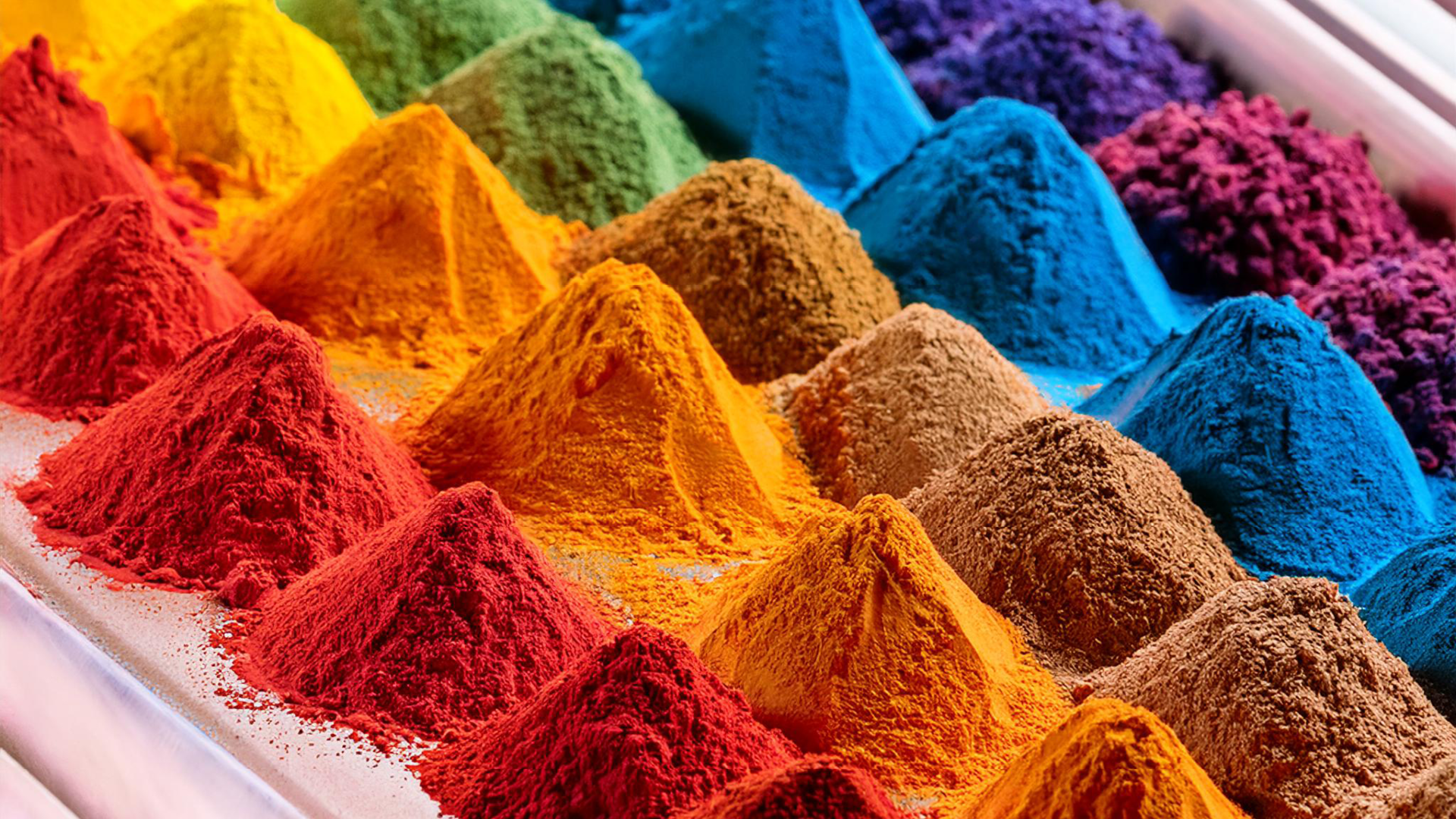State and Federal Synthetic Color Bans Shaping the Future
In the past few years, chatter around synthetic colors has risen to an almost deafening level. California started the push in earnest with a ban of FD&C Red No. 3 and three other ingredients, followed by a ban of all synthetic colors in K-12 schools.
On a larger scale, the FDA revoked approval for Red 3 in food, beverages, and ingested drugs in early 2025. The legislative actions take effect in 2027 for food and 2028 for ingested drugs. This announcement drew a spotlight to a building issue in the industry: the long-discussed market conversion from synthetic to natural colors.
Although the FDA remains officially responsible for guidance on safety and ingredient approval nationally, over half of states have introduced color-related legislation in the past year, mostly targeting synthetic colors.
Some bills include Titanium Dioxide, other seek to restrict “ultraprocessed foods” with varying definitions.
West Virginia has taken the most aggressive state-level stance thus far with a complete ban of FD&C colors in any food or beverages sold in the state.
This law takes effect January 1, 2028, adding propylparaben, butylated hydroxyanisole (BHA), and all FD&C colors to the state’s list of adulterated food products. Its impact stretches across all food and drink products sold in retail stores as well as restaurants and national food and beverage chains like fast food. The bill also adds a restriction requiring the removal of FD&C dyes in any meal served in a school nutrition program effective August 1, 2025. This legislation places a higher burden on manufacturers and retailers than any other state today.
Many other states look to pass similar bills to those in West Virginia and California.
What does this mean for you?
Although 2027 seems like a distant future to some, it’s important to consider product development timelines realistically.
Compliance with the FDA’s Red 3 ban, for example, requires that all products containing Red 3 be removed from shelves and no longer sold starting on January 15, 2027.

It’s not uncommon for product development to take 18 months or more for many brands—that means it’s past time to get started.
Conversion to natural colors is unfortunately not a simple 1:1 ingredient swap. It’s a complex process that will require brands to prioritize factors like target shade, shelf life, cost, and more.
Besides the development work of a conversion project, securing a natural color supply is also important as the interested queue grows.
Our global supply chain is robust, but even the most prepared natural color supplier can only do so much to prepare for the expected surge in demand. Brands that wait too long may find themselves in a situation where product is not available when it’s needed due to growing times and bottlenecking as everyone rushes to convert at the same time.

